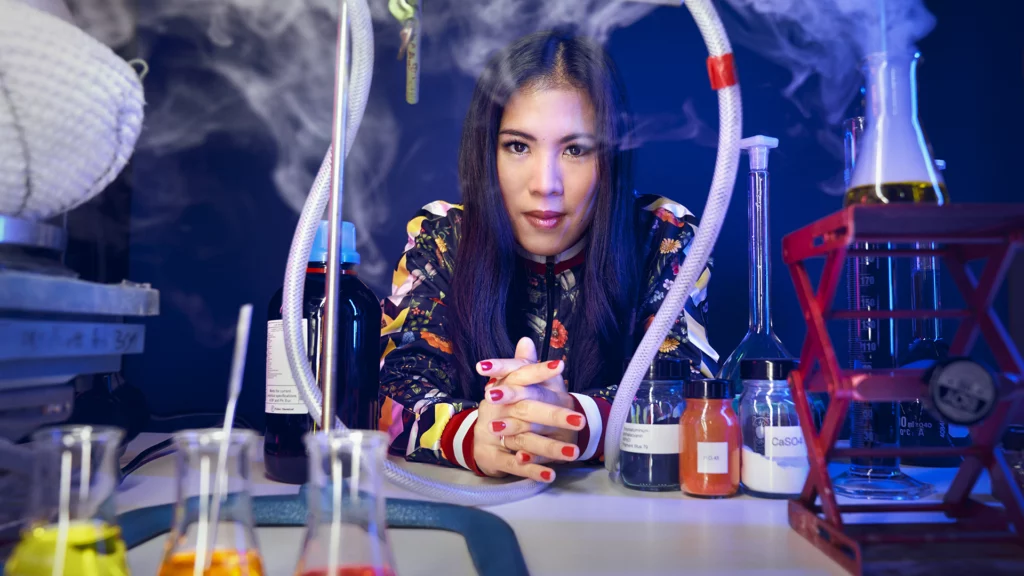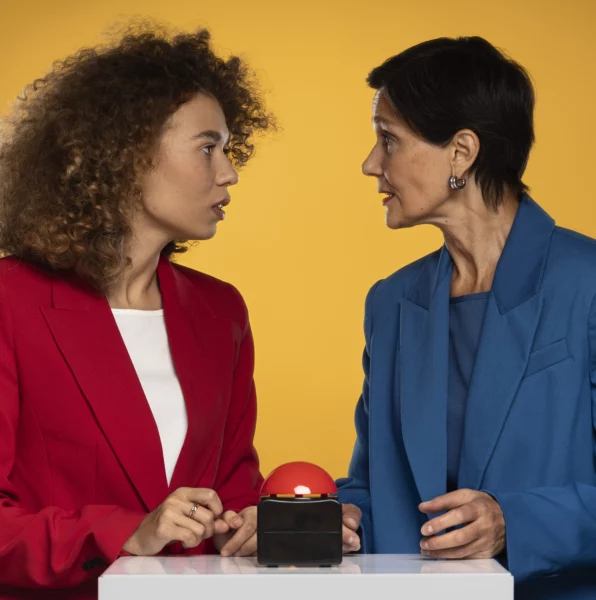The Conversation aims to provide independent, research-based news to the public, written by experts with the support of journalists. An interview with Damian Thompson about the global development of the project over the last ten years and why it is so important to them to reach out to young people in particular.
“There are some specific ingredients that make it a successful project”
Mr. Thompson, on its website, The Conversation is described as the world’s leading publisher of researched-based news for the public, placing a high value on trust. How does The Conversation achieve this sense of trust among its readers?

The Conversation is created by academics and journalists working together. At the heart of the project is our mission to provide evidence-based journalism that is written by experts in their field. These experts work with journalists who can help to edit and turn the text into language that everyone can understand. All articles are free to read, free to republish and everything we do is independent. We disclose any potential or perceived conflicts. So, the trust element I think comes down to what The Conversation is about. Which is to make sure that experts continue to have a voice in the media and in the public conversation.
The Conversation states that only authors may write about topics for which they are experts. How do the editors define experts and what mechanisms do they use to prove this expertise?
First of all, every author has to be currently affiliated with research and they have to prove their relevant expertise in the subject they are writing about. So, to some extent universities have their own codes of conduct and ways of recognizing and acknowledging expertise. That is something we trust in. But beyond that, when it comes to actually writing a piece, the first thing that we do is to set up a profile for the author to show who they are, what their position is at the university and what their research background is. Then, when it comes to publishing, our editors make sure that the content is not just the opinion of someone who thinks they are smart, but that it is actually based on a foundation of knowledge. Very often that means sorting out the research behind the analysis, so that the explanatory journalism is contained in the article.
First launched in Australia in 2011, the Conversation has expanded to five continents. How did this internationalization start?
Initially we had some interest from a few universities in the UK, and from North America. But we realized that rather than trying to build a global newsroom from Melbourne, the value of the model is to connect journalists who are attached to their own local news. Who have relationships with their own local universities. Therefore, we wanted to find a way to replicate our model. So, we looked and found some journalists in the UK and some university chancellors who really wanted to get involved in the project. And actually, put some government funding into helping us and the team. Finally, in 2013, we were able to start The Conversation in the UK. The interest from abroad and the openness to work with committed people who see the value of this project and recognize the contribution it can make in their own media market, in their own public conversations and for their own universities was really powerful.
How has the international development continued?
The Conversation US launched in 2014, Africa in 2015, with an initial base in South Africa. We now have editors in several African countries including Kenya, Nigeria and Ghana. France, which was our first site to operate in a language other than English, also launched in 2015. Then we had Canada in 2017. In each case, we found great journalists who either came to us with the wish to bring The Conversation to their country or there was a group of people, like in the case of Canada, where we had two leading journalists and academics as founders of the project. The Conversation Indonesia and The Conversation Spain followed. Germany would be a great place for The Conversation to grow!
You mentioned that France was the first country to operate in a language other than English. Currently, many versions operate in the national language, but some articles are also available in English. How do you decide which articles are translated?
We don’t translate every piece that we have available. There are two bilingual sites, the Canadian and the African. In both cases the teams produce their own regional content in English and French in order to reach the citizens. We also share articles between different editions. We now have a project called the Conversation Europe. The three European editions publish articles in English for a pan-European audience interested in European issues, such as news from the European Bank and, of course, the situation in Ukraine.
Are there any thematic differences between the international editions that stand out?
There are local perspectives on global issues, for example. The way that an audience in South Africa might look at climate change compared to Canada is going to be very different. In South Africa, readers might be interested in how policy takes into account high unemployment and energy shortages. In Canada, readers might be more immediately focused on the transition to renewables. We have local editors and experts who are able to address those differences. In Australia, for example, urbanization is a huge issue. We have 25 million people but 80% of them live in big or coastal cities. This is why we have a city editor in our Australian team. There is a framework for the editions to explore sections and editorial positions that they think are relevant to their readers.
Are there also examples of countries where journalists have tried to establish The Conversation but failed? And if so, why?
I can name many countries where there was interest but it did not work. There are some specific ingredients that make it a successful project. Each of our editions has its own board funding; we do not have a large development fund from which to invest in a new project. So, we rely on a local team to find funding. Sometimes people are interested in learning about the model. But once they understand the process and look at the funding options in their country, it becomes difficult. I think it also depends a lot on the strength of the university sector in those countries.
About which country would you be particularly happy to participate?
I am very excited about working with a team in Brazil right now. We were approached a few years ago by an economist and journalist. He is also a researcher who saw the potential of The Conversation model to improve the quality of public debate in Brazil. As well as being able to unlock research from Brazilian universities. There is a huge interest in internationalization in South American universities and some lining to support the project.
The Conversation is read around the world, also in countries where the political regime is not supportive of journalism. How do you reach people in those countries?
This is a very good question. I know that we are read in countries where there are problems with dictatorships and autocracies, like in Russia. We don’t have plans at this point to set up an editorial team there. Our priority is on markets with a common view on freedom of academic research, journalistic pursuit and strengthening democracy. But it is of course important to reach the people everywhere. Everything we publish can be read all over the world and we want to make sure that we increase that number of rates.
The latest stakeholder report states that 82% of the readers are non-academics. How do you reach these audiences?
First, articles are pitched to a general audience. We employ a readability index to help explain sometimes complex information in plain language. Globally, we have a very young audience – many under the age of 35. And we have very good opportunities to work with people who are involved in education, for example in schools. For example, our articles are frequently used by teachers to guide learning in schools and our Curious Kids series answers young people’s questions about things like the human body or nature. We are always looking for funding support to grow the impact of our work with young people to promote scientific understanding and counter misinformation. It is really important for us to reach young people and to give them good quality, trustworthy information, but also the tools to build media literacy. But we can’t do that just by just throwing our daily newsletters on them. We are present on many social media channels, for instance with videos on Instagram or TikTok, which is very important to reach them.






